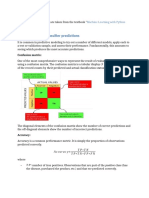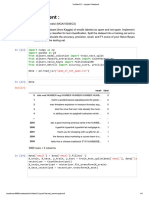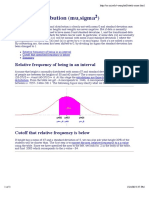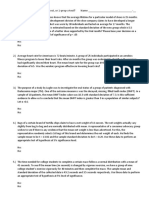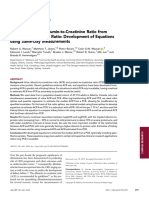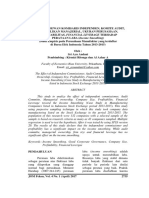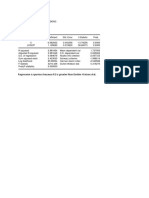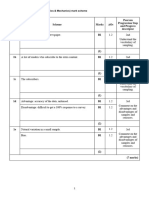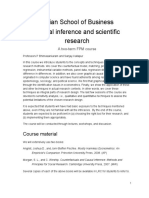0% found this document useful (0 votes)
23 views4 pagesImport As Import As From Import From Import From Import From Import
The document contains Python code for training and evaluating machine learning models on imbalanced datasets, specifically using Logistic Regression and Support Vector Machine (SVM). It includes generating datasets, splitting them into training and testing sets, computing performance metrics like precision, recall, and F1-score, and visualizing results with confusion matrices and precision-recall curves. The code demonstrates the impact of class weighting on model performance and decision thresholds in classification tasks.
Uploaded by
Catherine ShendreCopyright
© © All Rights Reserved
We take content rights seriously. If you suspect this is your content, claim it here.
Available Formats
Download as DOC, PDF, TXT or read online on Scribd
0% found this document useful (0 votes)
23 views4 pagesImport As Import As From Import From Import From Import From Import
The document contains Python code for training and evaluating machine learning models on imbalanced datasets, specifically using Logistic Regression and Support Vector Machine (SVM). It includes generating datasets, splitting them into training and testing sets, computing performance metrics like precision, recall, and F1-score, and visualizing results with confusion matrices and precision-recall curves. The code demonstrates the impact of class weighting on model performance and decision thresholds in classification tasks.
Uploaded by
Catherine ShendreCopyright
© © All Rights Reserved
We take content rights seriously. If you suspect this is your content, claim it here.
Available Formats
Download as DOC, PDF, TXT or read online on Scribd
/ 4














